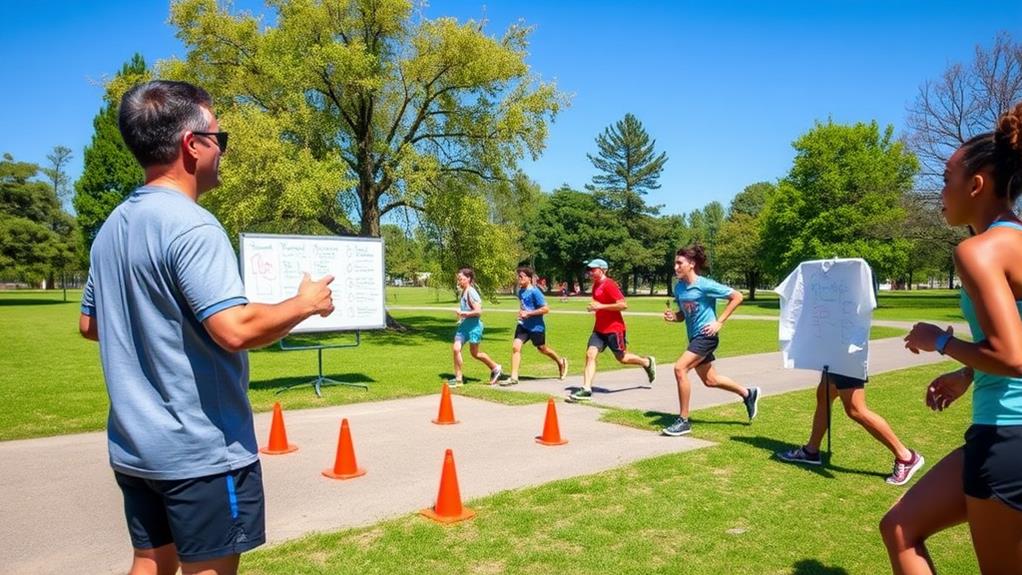A running coach customizes training plans to match your specific goals, whether it’s completing a 5K or improving marathon times. They evaluate your current abilities to set achievable targets and monitor your progress through performance metrics. Coaches emphasize proper running techniques and injury prevention strategies, ensuring you train safely and effectively. Additionally, they offer motivation and accountability, fostering a commitment to your training schedule. By developing race strategies, providing nutritional guidance, and tracking performance, they help you optimize your running journey. There’s a lot more to discover about how a coach can enhance your running experience and achieve your goals.
Read More


